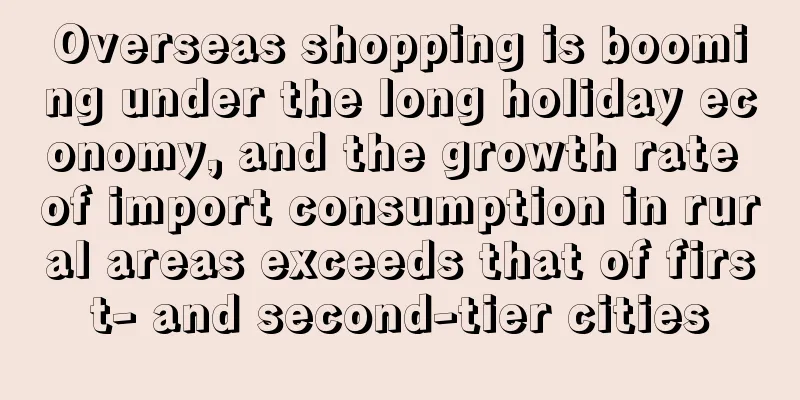Freight forwarders also charge congestion fees! Sellers: Why not use balloons to deliver goods?

|
The pandemic and the peak season have plunged the global supply chain into a deep crisis. Cargo pile-ups and port congestion are common. With shipping capacity in high demand, logistics costs have soared, and high freight rates have become a global phenomenon. Many shipping companies have raised a number of surcharges. In addition, freight forwarders have also begun to charge congestion fees.
Freight forwarding company CH Robinson wrote in a recent client advisory report: In the past year, the transportation industry has faced unprecedented challenges. Recently, the transportation system is on the verge of collapse. Currently, short-haul carriers serving multiple ports in the United States have begun to impose congestion surcharges.
CH Robinson has also decided to impose a drayage congestion charge. Starting September 1, the company will impose a surcharge of $175 per container on all inbound and outbound cargo. The fee also applies to all rail stations in Atlanta. It is worth noting that the two major ports of Norfolk, Virginia and Oakland, California will not impose this fee.
CH Robinson said the surcharge may last until the end of the year, when it will be adjusted based on actual conditions.
In addition, the company pointed out that due to the significant increase in operating costs at the Shenzhen Port in recent weeks, an origin congestion surcharge will be imposed on the port from September 6.
A month ago, shipping companies also announced the addition of port congestion fees and other surcharges. For example, MSC will impose port congestion fees on goods exported from Hong Kong, South China to the United States and Canada from September 1. The specific fees are as follows: USD 800/20DV, USD 1000/40DV, USD 1125/40HC and USD 1266/45'. In addition, Hapag-Lloyd, Zim, Matsun and other shipping companies also impose port congestion fees ranging from hundreds to thousands of dollars on different containers.
The volume of goods and the shortage of labor and equipment are the main reasons for port congestion. These conditions are likely to be further exacerbated with the arrival of the peak sales season. Various surcharges may also be added to multiple links in the transportation chain. Is the soaring freight rate to $100,000 a day the ceiling? It's hard to say. Anyway, sellers are now "crazy" and have begun to joke that it is better to use balloons, seesaws, and ocean currents to transport boxes. Port congestion Freight |
<<: Etsy and Facebook will provide badges for high-quality sellers, but sellers are not buying it?
>>: The little yellow duck with Halloween elements will be in hot demand!
Recommend
Gift baskets are a hit, and these five categories of products are likely to continue to sell well on Tokopedia!
In recent years, gift baskets have become a produ...
What is Eurasia Express? Eurasia Express Review, Features
Eurasia Express is a comprehensive service logisti...
What is brilliantapp? brilliantapp Review, Features
Brilliantapp is used to connect Amazon product inf...
What is Notonthehighstreet? Notonthehighstreet Review, Features
Notonthehighstreet has been called the “British E...
What is AsiaPay? AsiaPay Review, Features
<span data-docs-delta="[[20,{"gallery"...
Before the Double 11 Shopping Festival, Chinese long johns became popular in Europe, and the search popularity of long johns on AliExpress doubled
As winter is approaching, European consumers have...
2021 US online holiday sales grew 10%, a slower pace
Although U.S. online holiday sales exceeded the $...
What is SITC Container Lines Co., Ltd.? SITC Container Lines Co., Ltd. Review, Features
SITC Container Lines Co., Ltd. (SITC Internationa...
The Port of Long Beach handled a record number of containers in March, and port congestion decreased
The congestion problem at the Port of Long Beach ...
350,000 popular items were recalled, Amazon is in trouble!
Last year, Chinese electric blankets and other he...
Amazon joins hands with another country's customs to step up efforts to combat counterfeit goods
On June 30 , Amazon officially announced that its...
The settlement amount exceeded 3 trillion won, and Naver became the top online payment platform in Korea in May
South Korea has one of the world's largest an...
20,000 items were sold in 3 days, and the seller’s order volume exploded!
On March 3, Lazada launched its biggest birthday ...
Report on social media usage in the Middle East shows huge potential for development
The report, which relies on more than 200 sources...
What is KEYCEO? KEYCEO Review, Features
KEYCEO is a high-tech enterprise engaged in comput...









